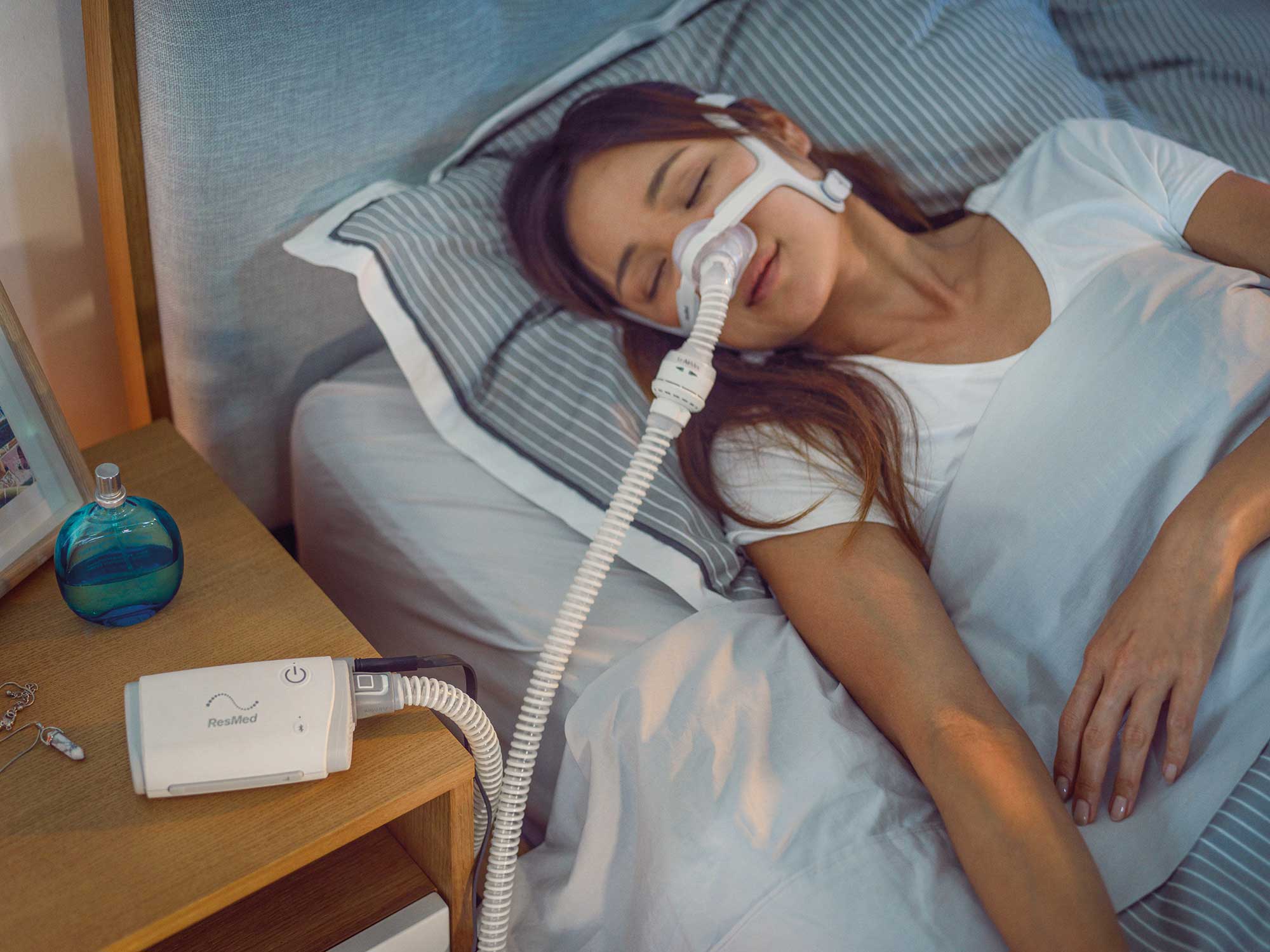
8 One of these 3 apps (Sleep Time) was the focus of a 2015 study in which the app demonstrated high accuracy in sleep-wake detection (85.9%) but lacked correlation with PSG regarding sleep efficiency (correlation coefficient = −0.127 P =.592), light sleep percentage (r = 0.024, P =.921), deep sleep percentage (r = 0.181 P =.444), and sleep latency (Spearman’s rank correlation coefficient = 0.384, P =.094). “None of the information collected by these apps is submissible as valid medical information in the patient’s chart,” he said in an interview with Pulmonology Advisor.Ī 2018 systematic review determined that out of 73 sleep apps examined, only 3 (Sleep Time, MotionX 24/7, and Sleep Cycle) had been tested for clinical validity in comparison to PSG, and all 3 studies reported weak correlation between the apps and PSG. Overall, these apps have proven to be “inaccurate and affected by a lot of variables, and none of them record true sleep,” according to Abhinav Singh, MD, MPH, FAASM, medical director of the Indiana Sleep Center in Greenwood, clinical assistant professor at Marian University College of Medicine in Indianapolis, and member of the medical review panel at. These researchers concluded that the apps are generally not as accurate as traditional options and lack scientific validation. In a systematic review published in February 2022, Baptista and colleagues analyzed study results for 10 consumer-direct smartphone apps intended for the diagnosis, monitoring, and treatment of sleep-disordered breathing. However, extensive testing is needed before this tool or similar apps can be reliably used in clinical practice. Several sleep apnea apps have shown favorable results in preliminary research, including an app (Firefly) 6 demonstrating sensitivity of 88.3% and specificity of 80.0% for a clinical threshold apnea-hypopnea index (AHI) of 15 or more events per hour. 4,5 In light of these limitations, along with the growing popularity of mobile medical applications (apps) for smartphones, there has been increasing interest in the use of such apps to aid in the detection and treatment of OSA.



3Īlthough the use of home-based sleep testing is increasing, this modality also carries the risk of certain drawbacks, including financial risk for providers, administrative barriers imposed by third-party payers, and the inability to detect comorbid narcolepsy and other hypersomnias. 2,3 While in-laboratory polysomnography (PSG) represents the gold standard in diagnosing OSA, many patients lack access to PSG due to the associated cost and time commitment. 1 Research findings consistently show that a substantial number of individuals with OSA remain undiagnosed, partially due to a lack of awareness that they are experiencing airway obstruction as they sleep. Obstructive sleep apnea (OSA) affects up to 14% of men and 5% of women in the United States, causing significant morbidity and reduced quality of life.


 0 kommentar(er)
0 kommentar(er)
